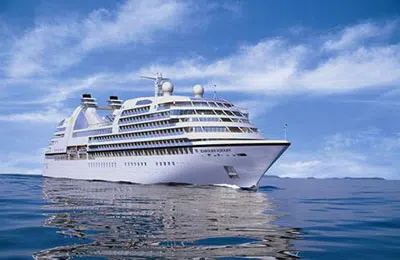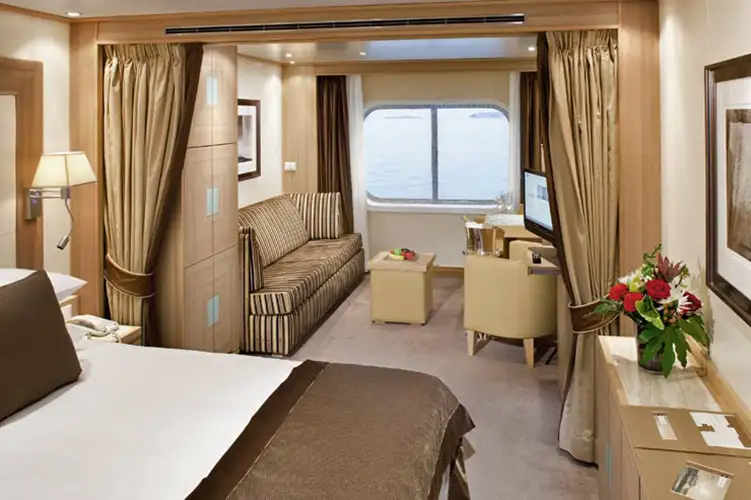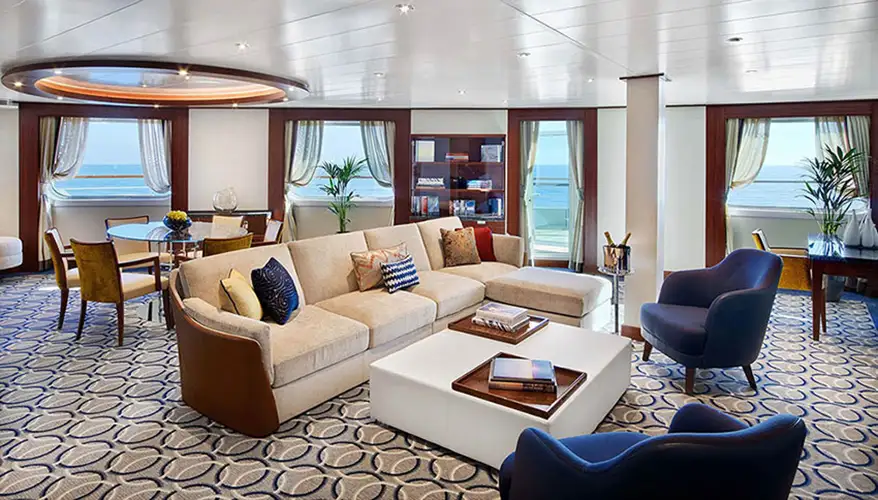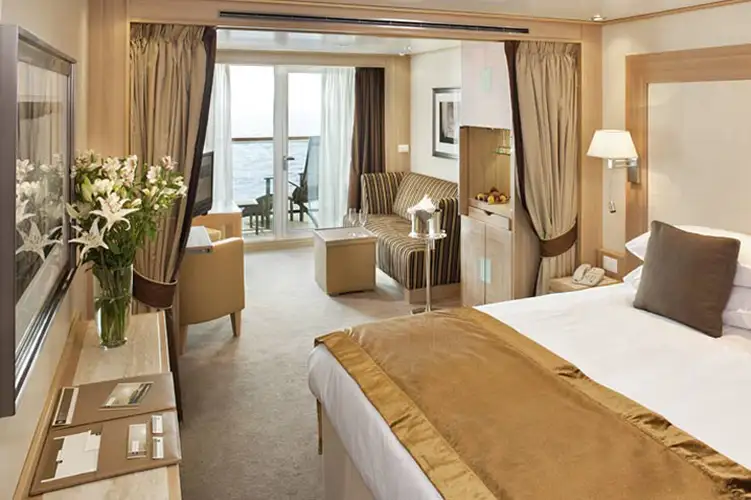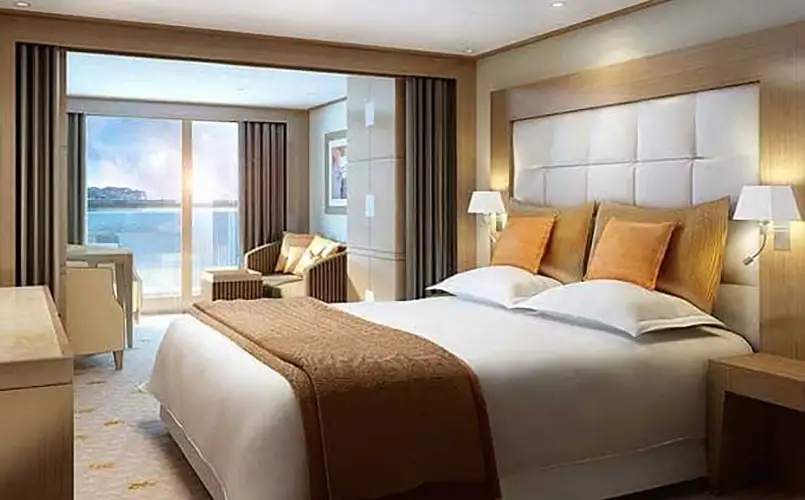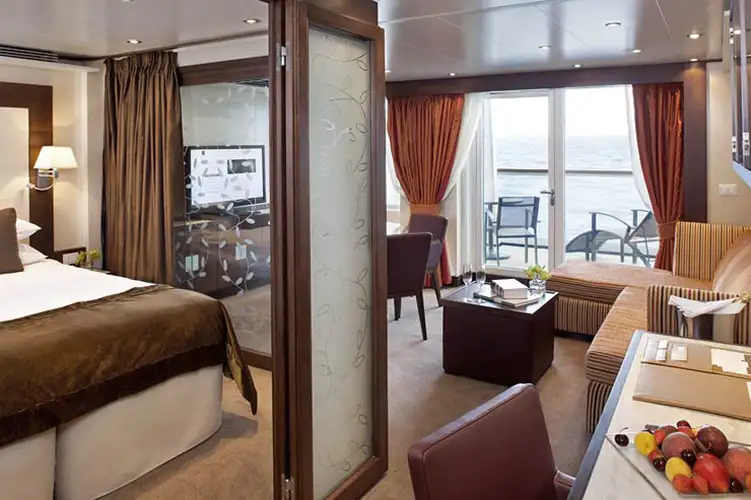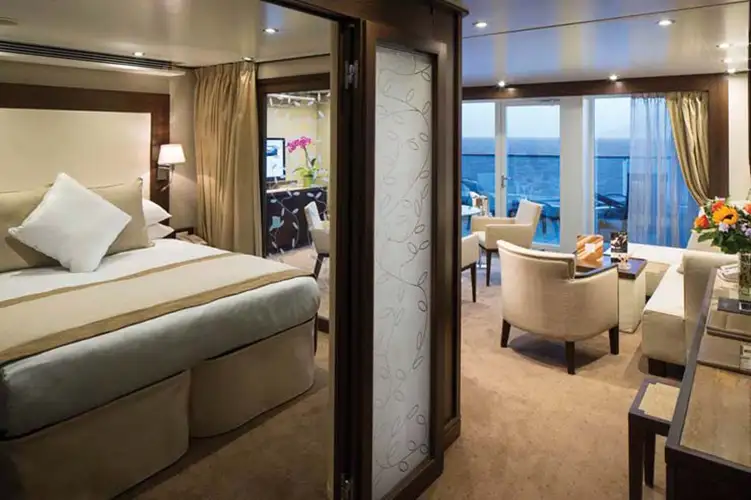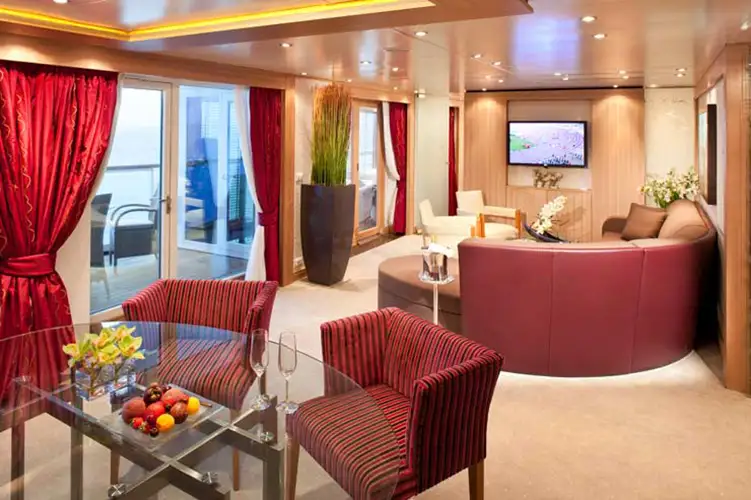Seabourn Northern Europe: 10 nights from Copenaghen with Seabourn Quest
Sep 1, 2027
Denmark, Norway, United Kingdom, Faroe Islands, Ireland, Iceland
Cruise itinerary
Departure Port: Copenaghen ➞
Landing: Reykjavik
-
Wednesday, September 1, 2027 - 10:00 PMCopenaghen
-
Thursday, September 2, 2027Navigation
-
Friday, September 3, 2027 7:00 AM - 4:00 PMStavanger
-
Saturday, September 4, 2027 8:00 AM - 5:00 PMLerwick
-
Sunday, September 5, 2027 12:00 PM - 10:00 PMTorshavn
-
Monday, September 6, 2027 8:00 AM - 5:00 PMRunavík
-
Tuesday, September 7, 2027Navigation
-
Wednesday, September 8, 2027 8:00 AM - 6:00 PMHúsavík
-
Thursday, September 9, 2027 7:00 AM - 4:00 PMsiglufjordur
-
Friday, September 10, 2027 9:00 AM - 6:00 PMGrundarfjordur
-
Saturday, September 11, 2027 7:00 AMReykjavik
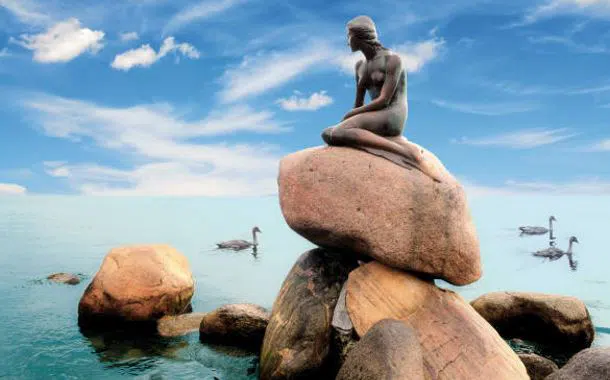
Copenaghen
Copenhagen, literally "port of the merchants", is the capital of Denmark and one of the country's most densely populated cities. Originally a city mainly inhabited by fishermen, it became a fundamentally important port for trade.
Copenhagen is a year-round tourist destination and in summer the flow of tourists increases considerably thanks to Northern Europe cruises.
It is very common to add a stay in the city before a cruise, to take in its distinguishing relaxing atmosphere and see what it has to offer. Among its famous attractions you cannot miss the statue of the Mermaid which is located right at the entrance to the port and the Tivoli Gardens, one of the world's largest amusement parks, opened in 1843 and loved by everyone.
Copenhagen (København in Danish and 'Copenaga' in Italian [no source]) is the capital and the most populous city of Denmark with 518,574 inhabitants in the municipality (1,167,569 in the urban area). The city stretches across the islands of Sjælland and Amager and is separated from the city of Malmö in Sweden by the strait of Øresund.
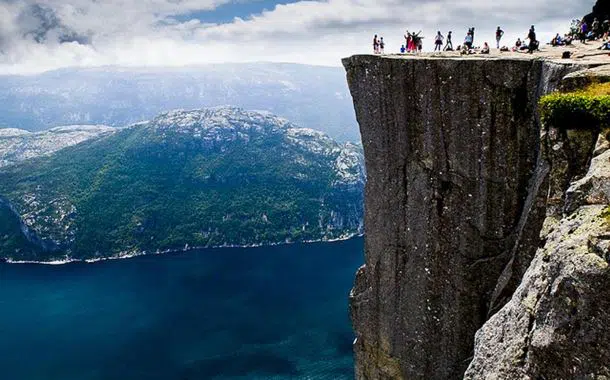
Stavanger
Stavanger is a Norwegian city located in the county of Rogaland, and it is a very ancient city. It seems that the first settlements took place about 10,000 years ago. It received city status in the 12th century, and in the same period, it became a bishop's seat, acquiring great importance from a religious point of view. It lost this role following the Protestant Reformation of 1536. Stavanger experienced the economic boom in the late 1960s: this area, in fact, became an important oil extraction base in the North Sea.
From a cultural point of view, Stavanger is a very active city: it was chosen, in fact, in 2008 as European Capital of Culture. Stavanger is a popular tourist destination thanks to the breathtaking landscapes that the city itself and the surrounding areas offer.
You cannot miss the Preikestolen, a rock 604 meters high from which you can enjoy a breathtaking view and which is visited every year by an ever-increasing number of tourists.
The city is very lively and full of attractions for leisure, including restaurants, clubs, and shops. The historic center is quite small and it is worth visiting on foot to fully enjoy the positive atmosphere that you breathe. Visiting Stavanger via a cruise in Northern Europe is one of the best ways to fully enjoy the landscape and to experience direct contact with nature.

Lerwick
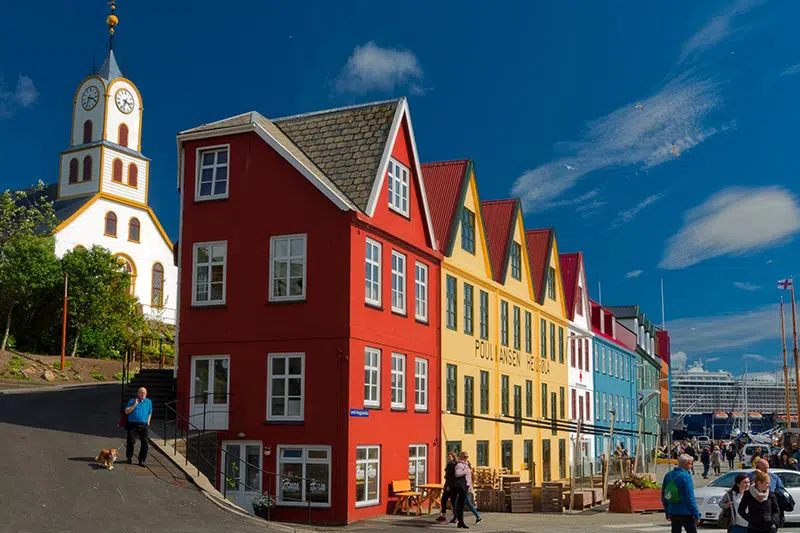
Torshavn
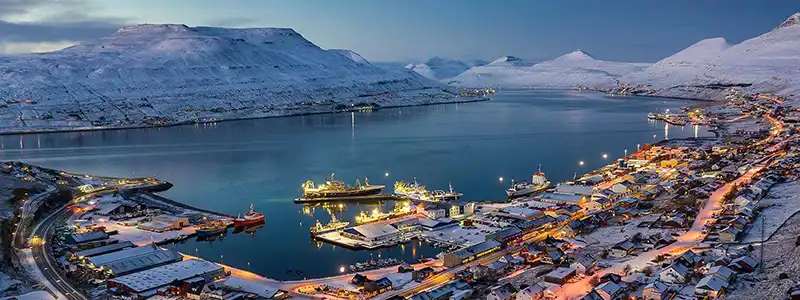
Runavík
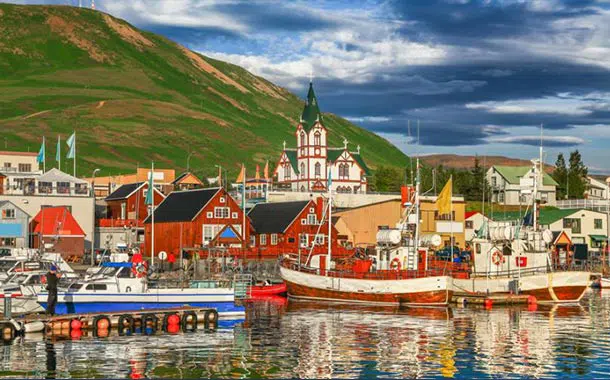
Húsavík
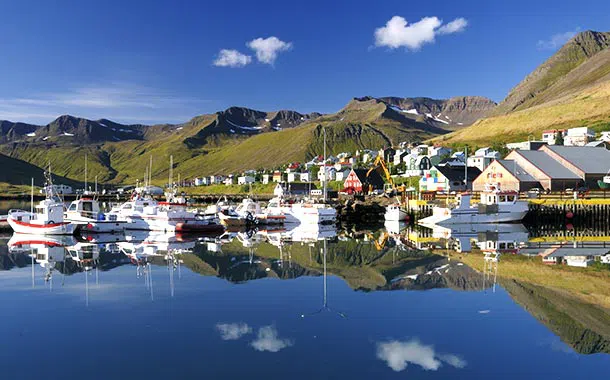
siglufjordur
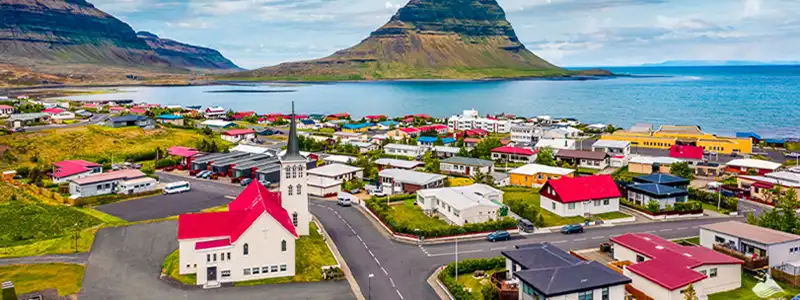
Grundarfjordur

Reykjavik
The gateway to Iceland, a land of incredible natural wonders, ranging from huge glaciers to thermal pools and geysers.
Reykjavik, the capital of Iceland, is small but boasts a vast historical and cultural heritage. Founded thousands of years ago by Nordic settlers, this destination is set on a breathtaking coast with scenic peninsulas, straits, and picturesque islands. Known for its natural beauty and charm, the small city, Reykjavik, is also known to attract travelers as "the capital of Northern nightlife" for its vibrant and social atmosphere. The island's landscape seems to be in a continuous process of transformation like society, which combines Nordic tradition with sophisticated technology.
